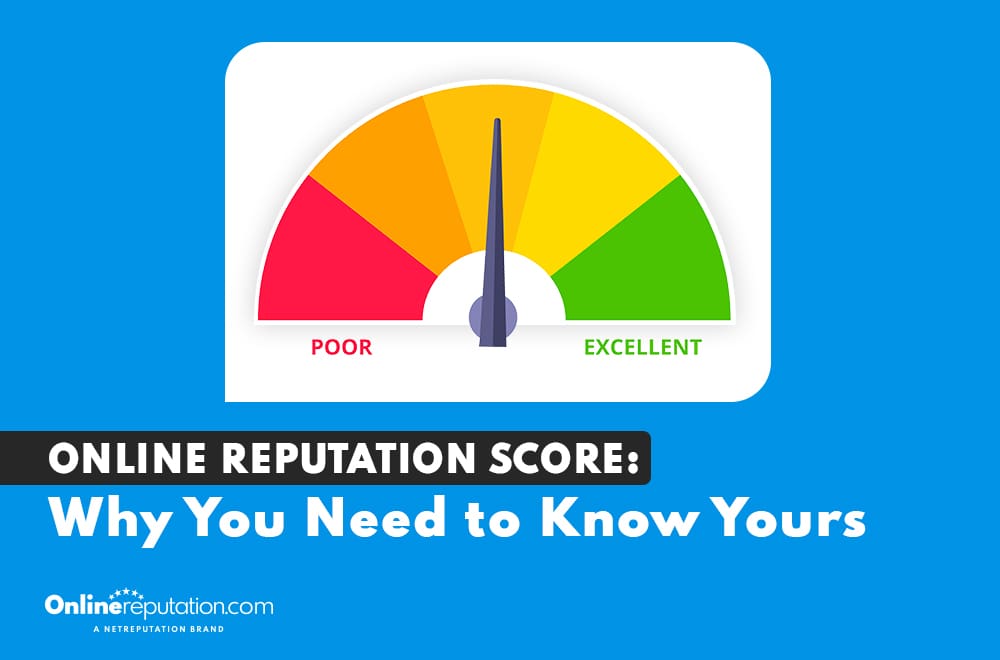
A glitch in your platform might seem small—but it can quickly spark a full-blown reputation crisis that threatens your company’s reputation and public image. Whether it’s an app crash, a data breach, or content displaying incorrectly, platform bugs can damage your brand’s credibility fast and trigger widespread social media backlash.
What Are Platform Bugs?
Platform bugs are errors or flaws in software that negatively impact the functionality of websites or apps. On social media platforms and digital services, these bugs can:
- Break core features, preventing users from completing key actions
- Expose private or sensitive customer data, risking compliance issues and lawsuits
- Mute or ignore user complaints, worsening customer dissatisfaction
- Promote offensive or inappropriate content, damaging brand values
These issues frustrate users and erode public trust—especially if the company remains silent or slow to respond. Negative media coverage often follows, amplifying the damage to your corporate reputation.
Why Bugs Can Trigger Reputation Crises
A single bug can create a ripple effect across your entire business. For example:
- A checkout error could lead to lost sales and abandoned carts
- A display issue might offend users or misrepresent your brand
- A data leak could result in legal action and regulatory scrutiny
If the company doesn’t respond clearly and quickly with a crisis communication plan, the problem escalates rapidly:
- Customers flood social media platforms with complaints and negative brand mentions
- News outlets and online conversations pick up the story, increasing public scrutiny
- Public perception turns negative, shaking customer trust and loyalty
The result is a damaging brand reputation crisis that can take months or years to recover from.
Common Causes of Platform Bugs
Most bugs arise from predictable internal issues, including:
- Miscommunication between developers, product managers, and key stakeholders
- Rushed software updates and releases without thorough testing or quality assurance
- Poor coordination between product teams and customer support leads to inconsistent messaging
These gaps create frustration for users, and when those users share their negative experiences online, your brand’s image suffers.
Why Platform Bugs Are Hard to Detect
Bugs can be hidden in edge cases or affect only specific user groups. For example, a bug may:
- Only appear on certain browsers or devices
- Trigger after a sequence of user actions
- Impact users in specific geographic locations
Add the scale and speed of social media platforms, and it’s easy to miss a glitch until it affects thousands of people. That’s why real-time monitoring using media monitoring tools and cross-team testing is essential. Waiting until users complain publicly is often too late to prevent a crisis.
How to Prevent a Bug from Becoming a Reputation Crisis
A small issue doesn’t have to turn into a full-blown crisis. What matters is how you respond, and a strategic approach can make all the difference. Here are the key steps:
1. Monitor Everything Proactively
Use media monitoring tools and analytics platforms to track brand mentions, online reputation, customer feedback, social media conversations, and in-app errors. Regularly monitor reviews and social media channels to identify potential crises before they escalate.
2. Train Your Team with Media Training
Your customer support team and social media team need thorough media training. They should know what to say, when to escalate issues, and how to maintain consistent messaging that aligns with your company’s values and brand.
3. Communicate Clearly and Transparently
If a bug affects users, acknowledge it openly and promptly. Issue press releases or public statements that include a sincere apology, explain what’s being done to fix the issue, and provide regular updates. Transparent communication helps restore customer trust and maintain credibility.
4. Align Internal and External Communication Channels
Ensure executives, product leads, customer service teams, and communications staff are all on the same page. Consistent messaging across internal and external communication channels avoids confusion and mixed signals that can worsen public sentiment.
5. Develop and Update a Crisis Management Plan
Create and maintain a crisis communication plan that outlines how your company will respond to future incidents. Define roles and responsibilities for media relations, escalation protocols, communication channels, and how to maintain consistent messaging. This plan should be regularly reviewed and updated based on lessons learned.
What to Do After a Crisis Hits
Once your brand is under public scrutiny and facing a reputation crisis, the recovery process becomes the priority. Although your company’s reputation may be bruised, it’s possible to rebuild trust and emerge stronger.
Start with:
- Taking responsibility and avoiding blame-shifting
- Quickly update your platform to fix the issue and prevent future incidents
- Communicating consistently, honestly, and transparently across all communication channels
Then:
- Share positive feedback and testimonials from satisfied customers to balance negative sentiment
- Highlight the improvements and changes your company has made as a result
- Continue addressing concerns through regular updates and engagement on social media platforms
Your key stakeholders want to see action and proof that lessons were learned and the same mistakes won’t be repeated.
Final Thoughts
While technical issues are often unavoidable in today’s online systems, companies can avoid reputational fallout by responding quickly and managing communication with care.
Transparent communication, alignment across internal and external communication channels, and a focus on restoring customer trust are essential to maintaining your brand’s image and corporate reputation. By preparing your team, strengthening your monitoring tools, and prioritizing customer loyalty, your brand can not only survive glitches but also emerge stronger and more credible in the aftermath of a crisis.
Don’t wait until you’re trending for the wrong reasons. Invest in a strategic approach to reputation management today to protect your company’s reputation and ensure long-term success.
You might also like
What Happens When You Try to Fix Your Reputation Alone
A glitch in your platform might seem small—but it can quickly spark a full-blown reputation crisis that threatens your company’s …

